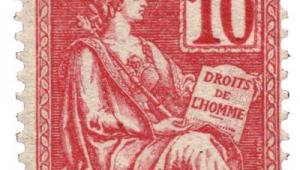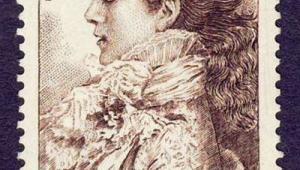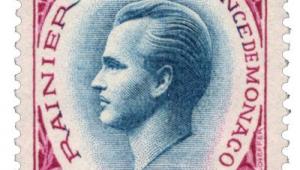Switzerland: Into the Modern World
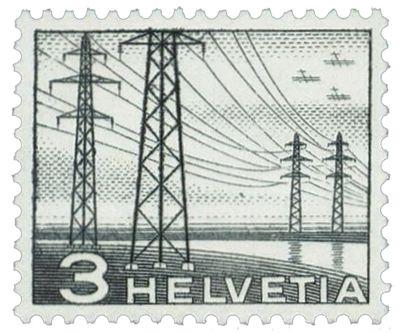
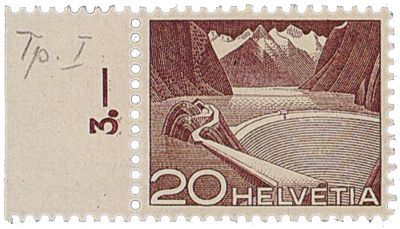
Switzerland had first introduced Landscapes definitives in 1934, focusing on its famously spectacular scenery of mountain peaks and passes, gorges, waterfalls and lakes. But in 1949 a completely new set was released, with a rather different take on the subject.
The set of 12 had ‘technology in the landscape’ as its overriding theme, and therefore majored on industrial design, with images of railway viaducts, man-made reservoirs, ports, power stations, survey marks and even electricity pylons. Attractively designed and engraved by Karl Bickel, in values ranging from 3c to 70c, the stamps were recess-printed for issue on August 1, 1949, with booklet stamps following in March 1950.
As was the custom in Switzerland, uncut part-sheets of booklet stamps were made available to collectors, which is why the 5c, 10c and 20c can be found in tête-bêche and gutter pairs.
Six values were also issued in coils, which had a control letter and number combination on the back of every fifth stamp. Some of these are very rare, such as the 10c and the 20c with an E letter.
The best known varieties in this series can be found on the 20c value, depicting Grimsel Reservoir, where a number of types have been identified.
Type I, the rarest version, comes with the base line of the hut on the dam missing, while type II, printed from the re-engraved plate, has the line added.
Although this can be a striking difference at its most extreme, there are many type I stamps which do have a weak line, and to differentiate these it is also necessary to count the horizontal lines in the water just above the round rock to the left of the hut (type I has three lines, type II just two) or examine the cross-hatching below this (which doesn’t extend above the ‘20 H’ on type I, but does on type II).
Muddying the waters further is a type III, or according to some specialists a type IIa, which has a base line on the hut and cross-hatchings that rise higher than type I but not as high as type II. This variety comes in coil stamps only.
Apart from the basic definitive series, there are a number of overprinted sets to be collected.
For Switzerland itself there were official stamps, which received an ‘Officiel’ script overprint.
Then there were overprints issued for the various post-war international organisations which were based in the country: the International Labour Office (Bureau International du Travail), the International Education Office (Bureau International d’Éducation), the World Health Organization (Organisation Mondiale de la Santé), the International Refugees Organization (Organisation Internationale Pour les Réfugiés), and of course the United Nations (Nations Unies, Office Européen).
The 1949 Landscapes series remained in use for more than a decade, until 1960, when it was replaced by a brand new definitive set depicting postal history and architectural monuments.
